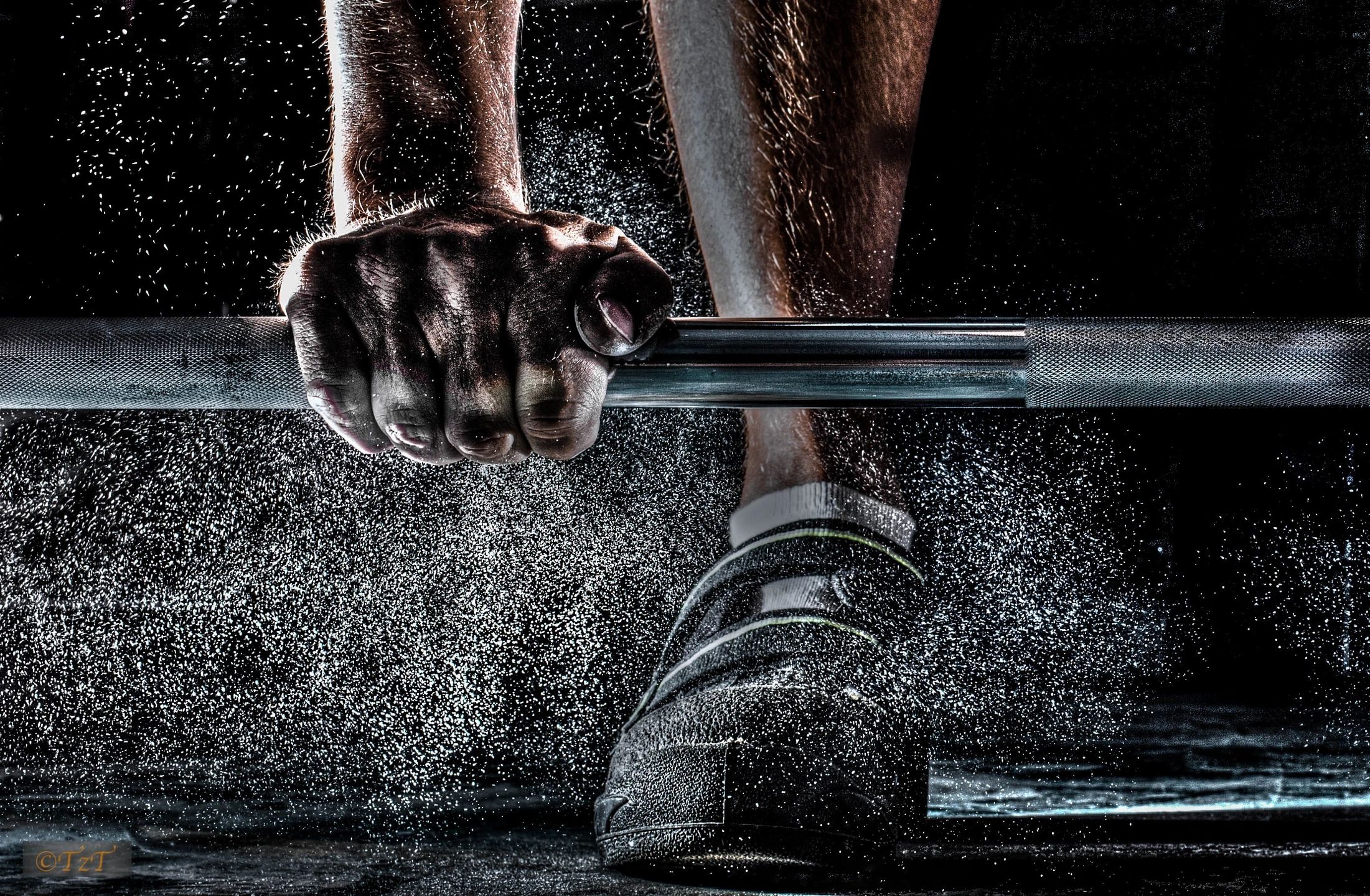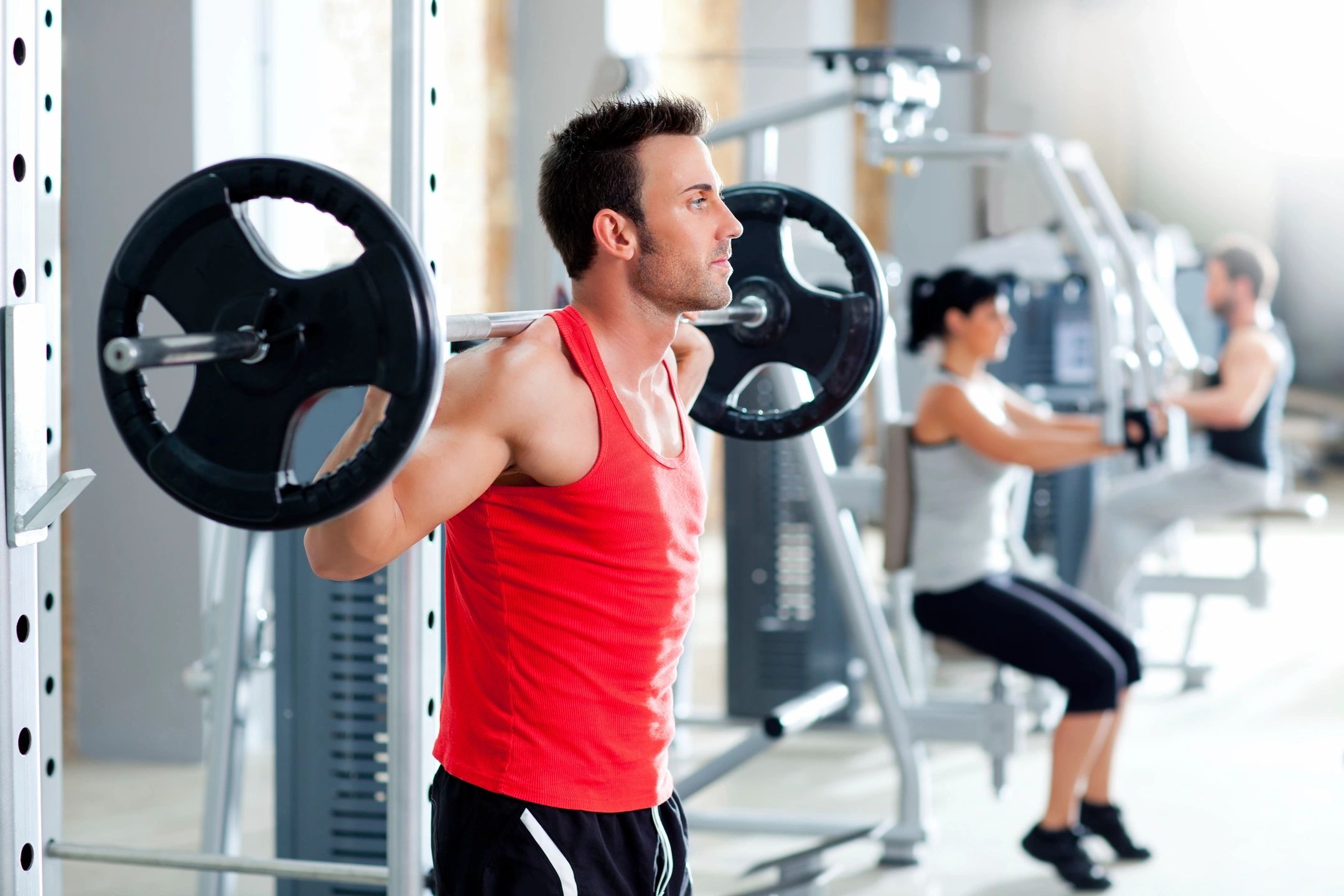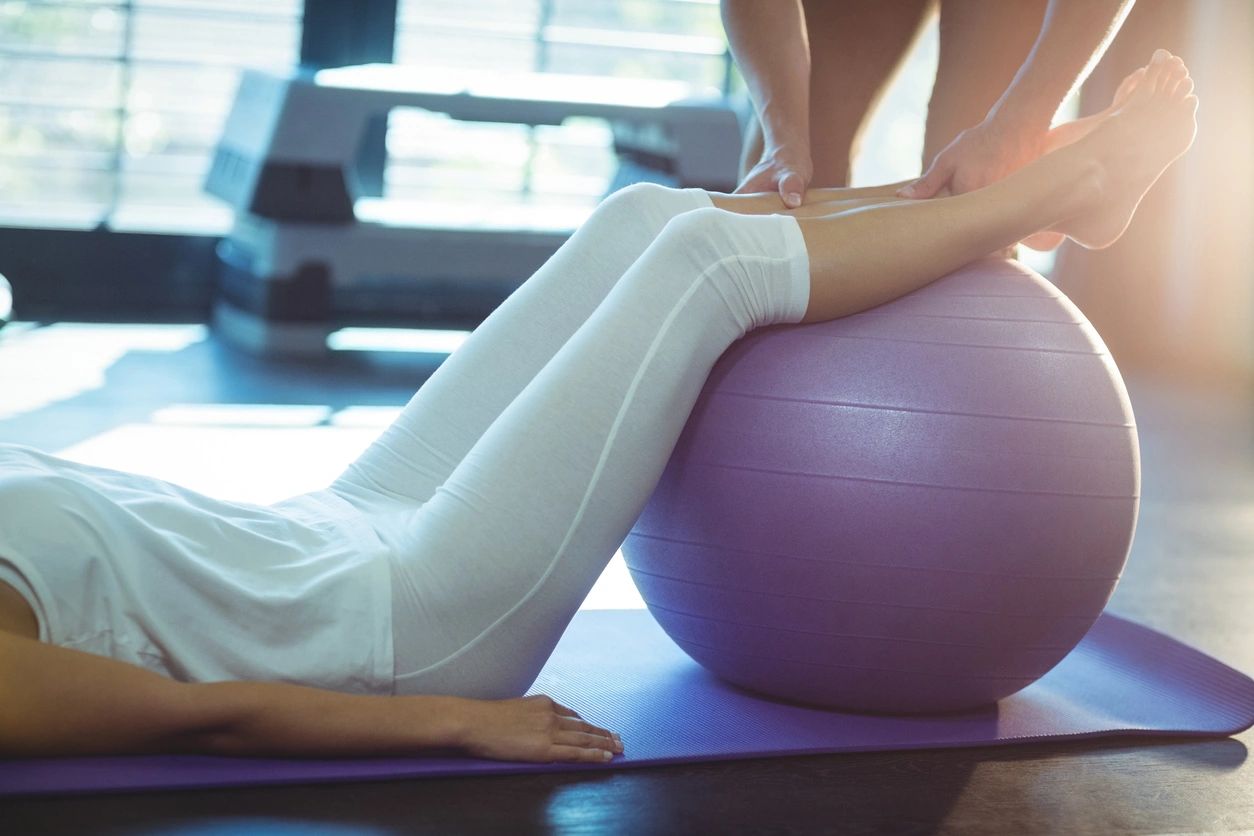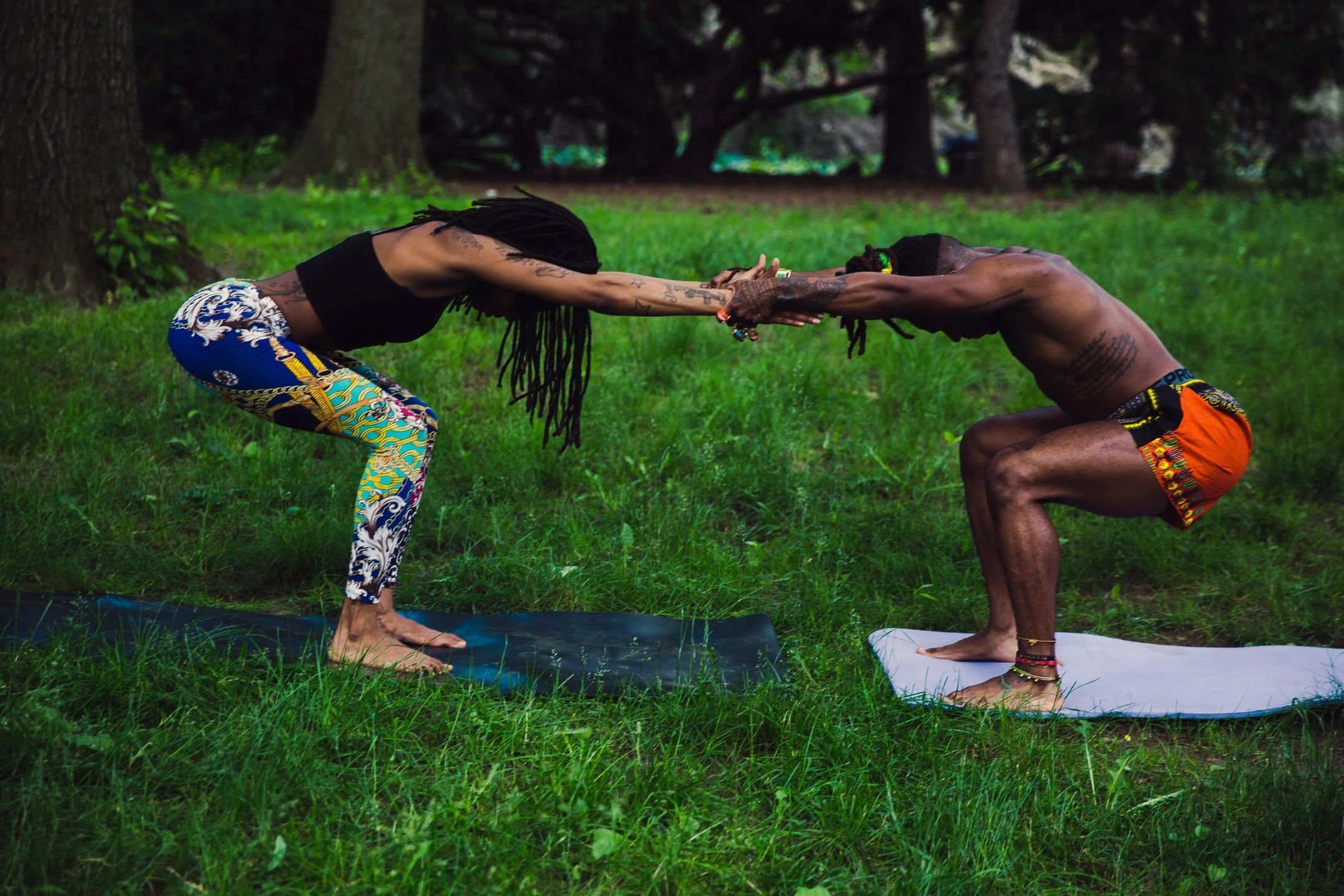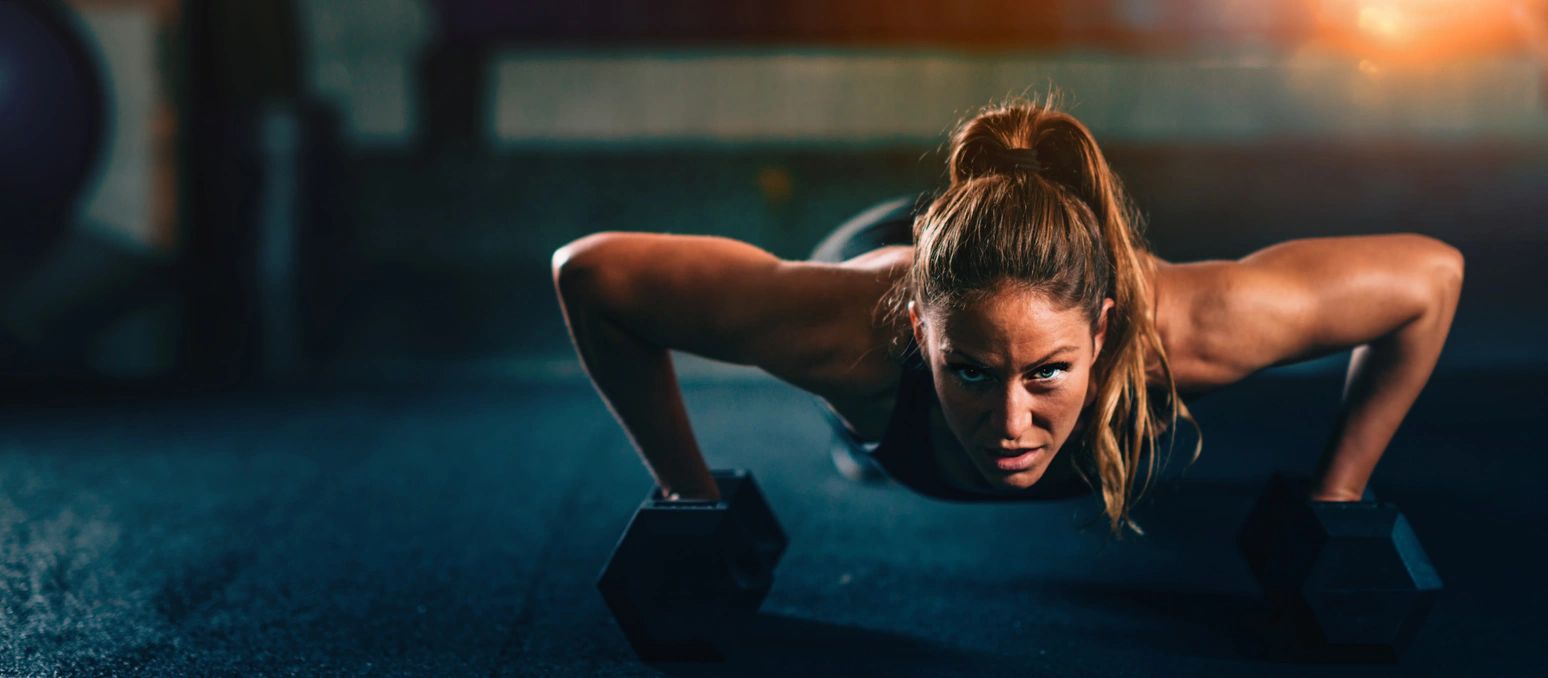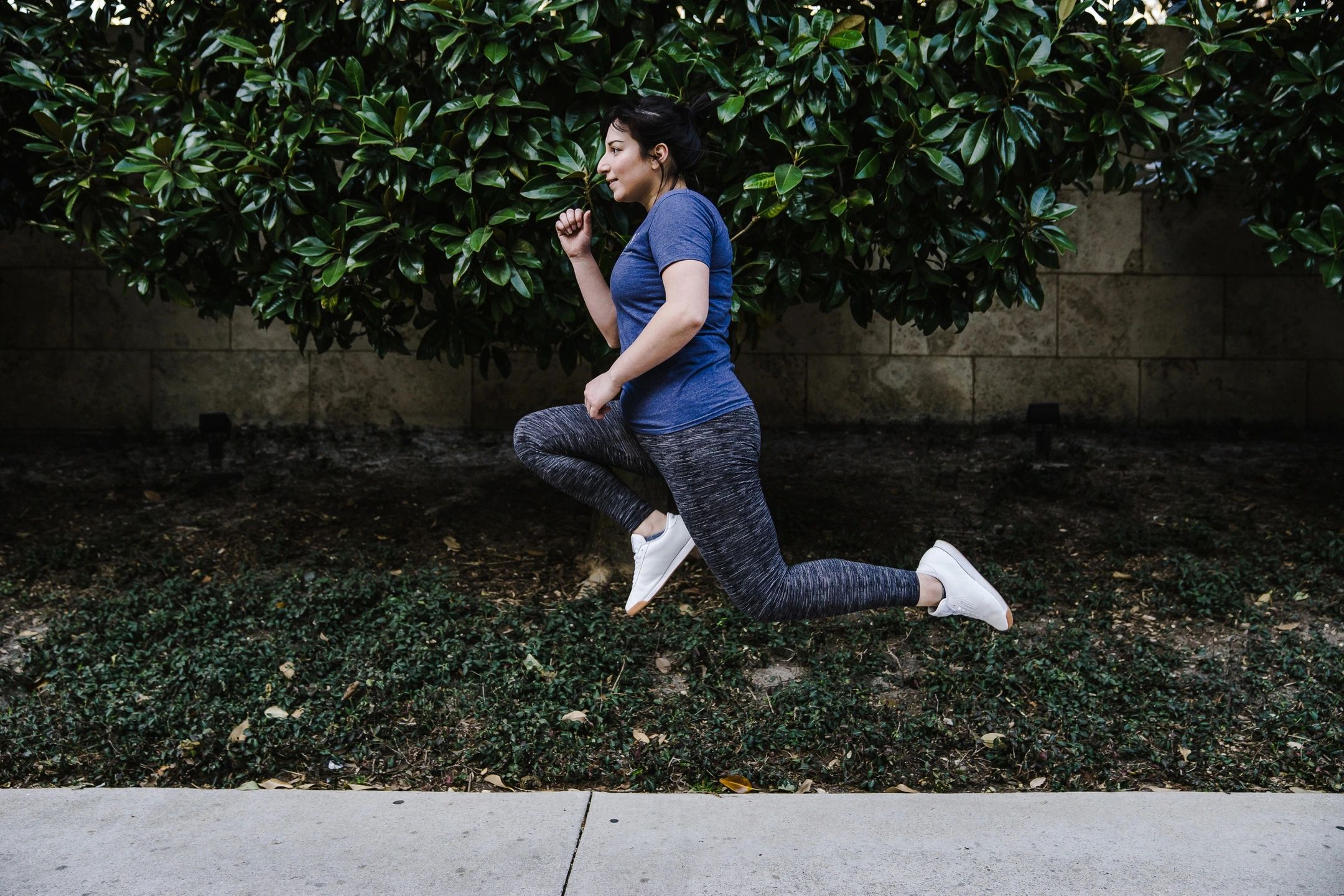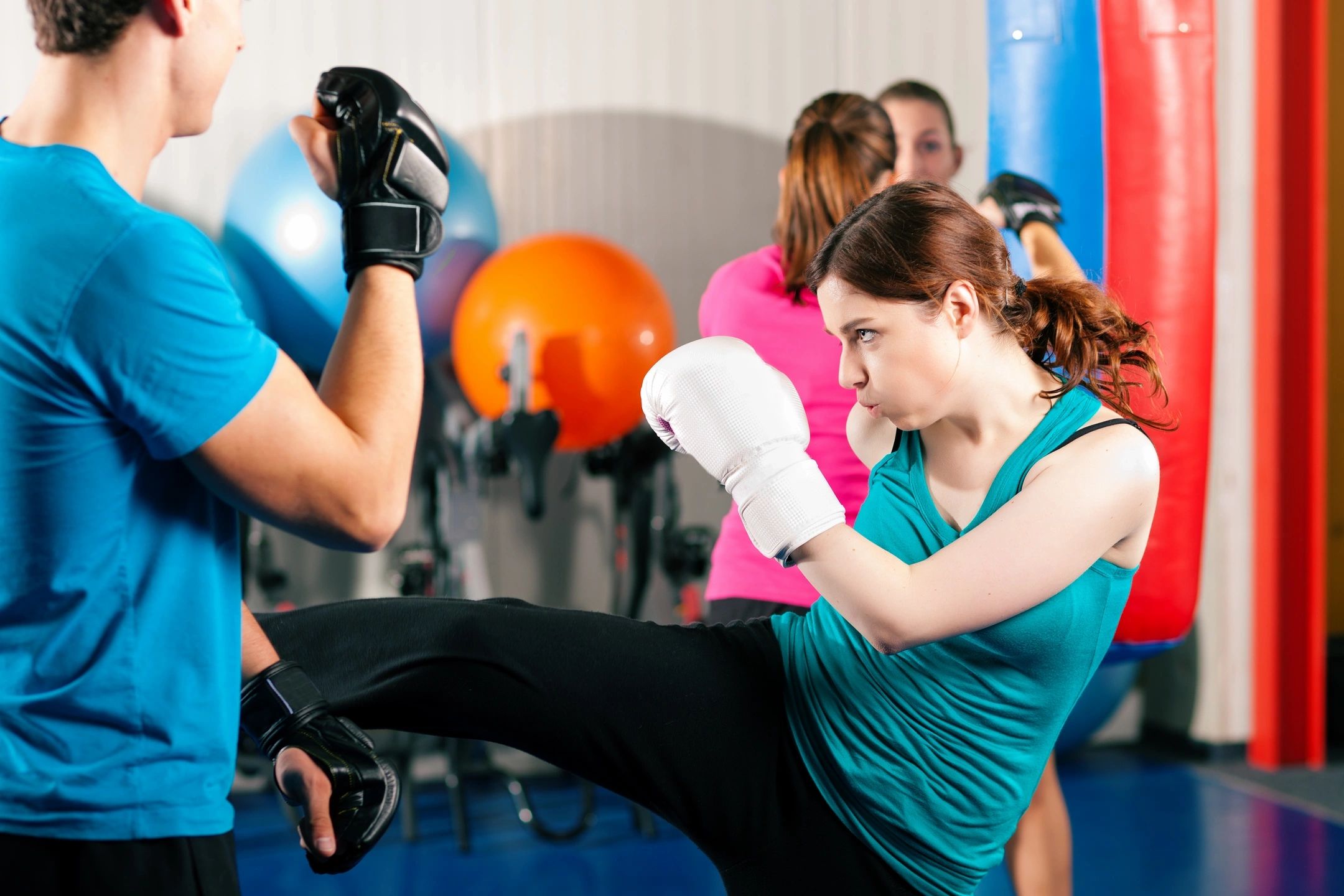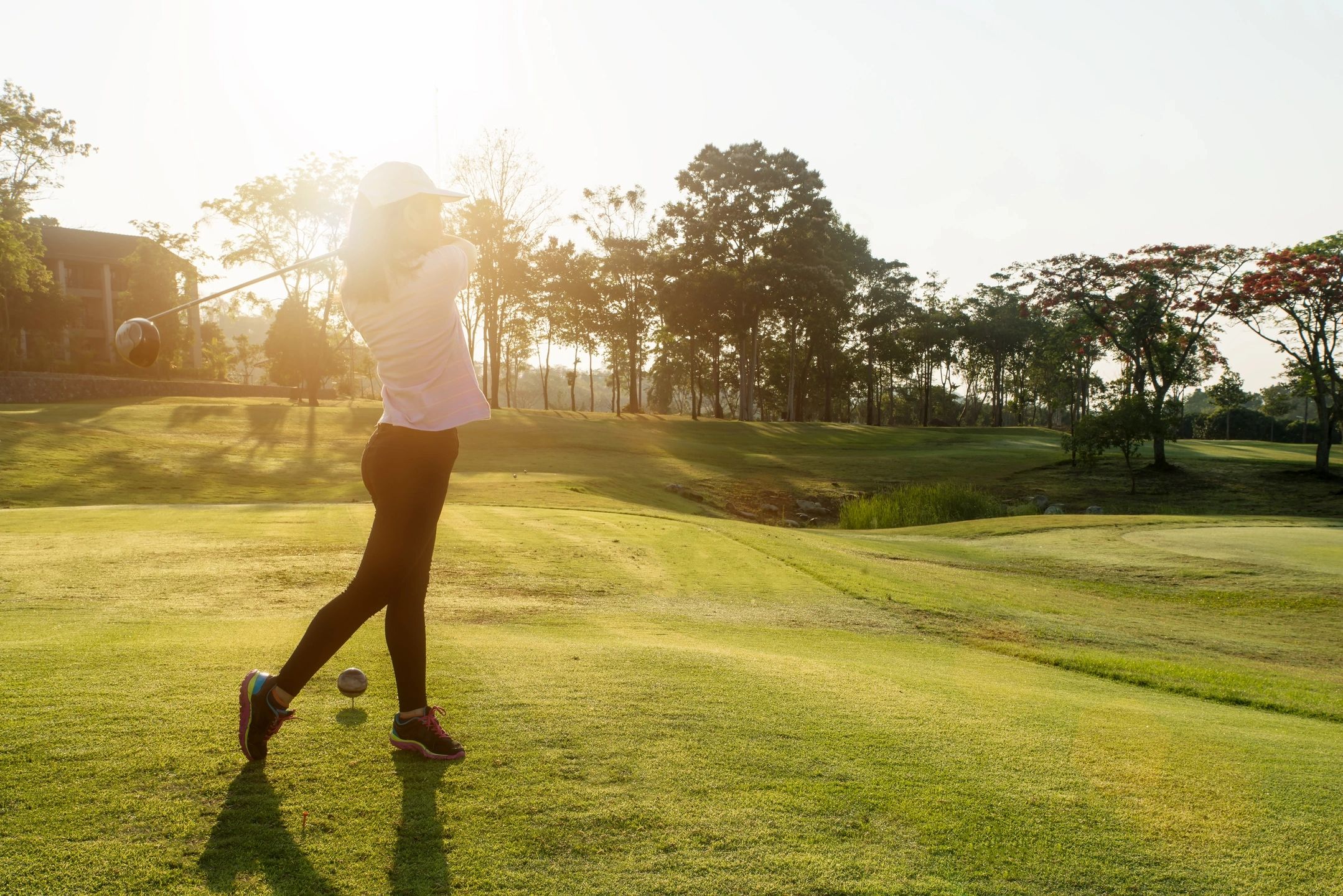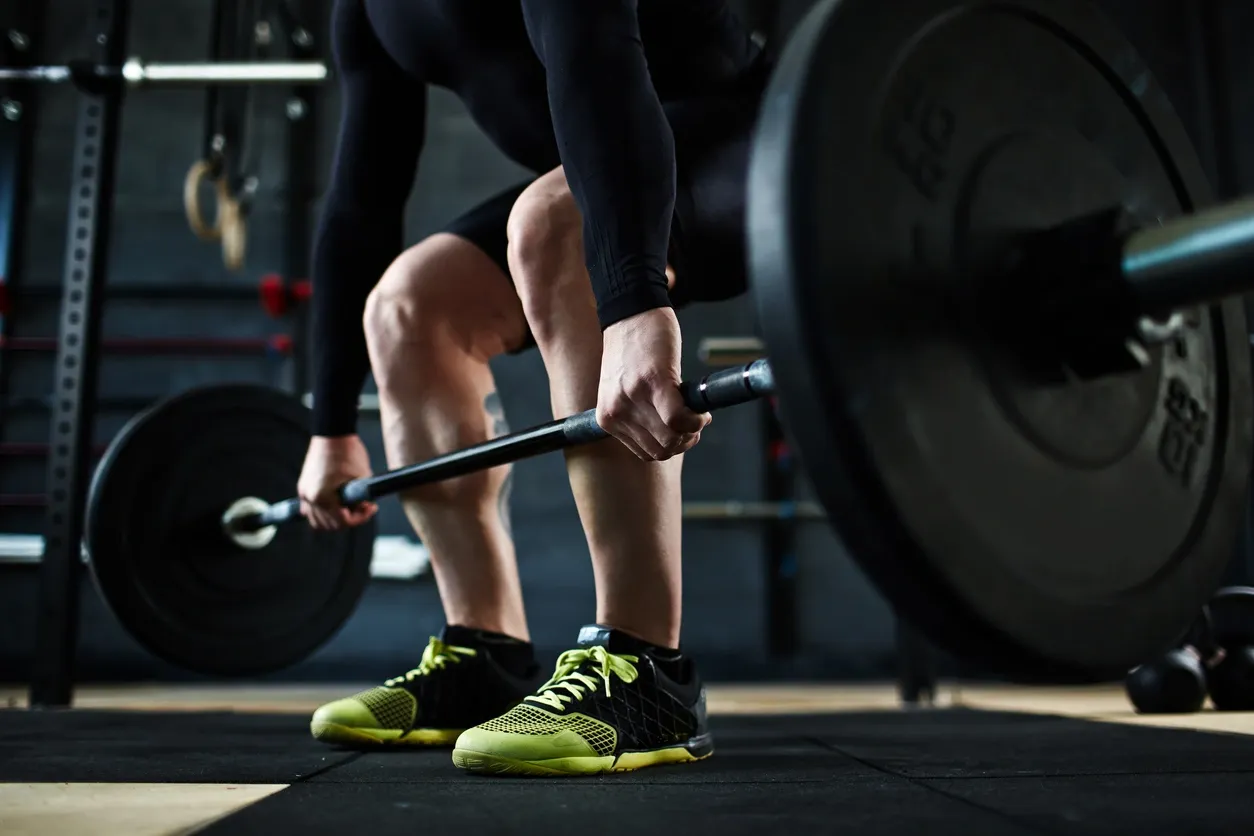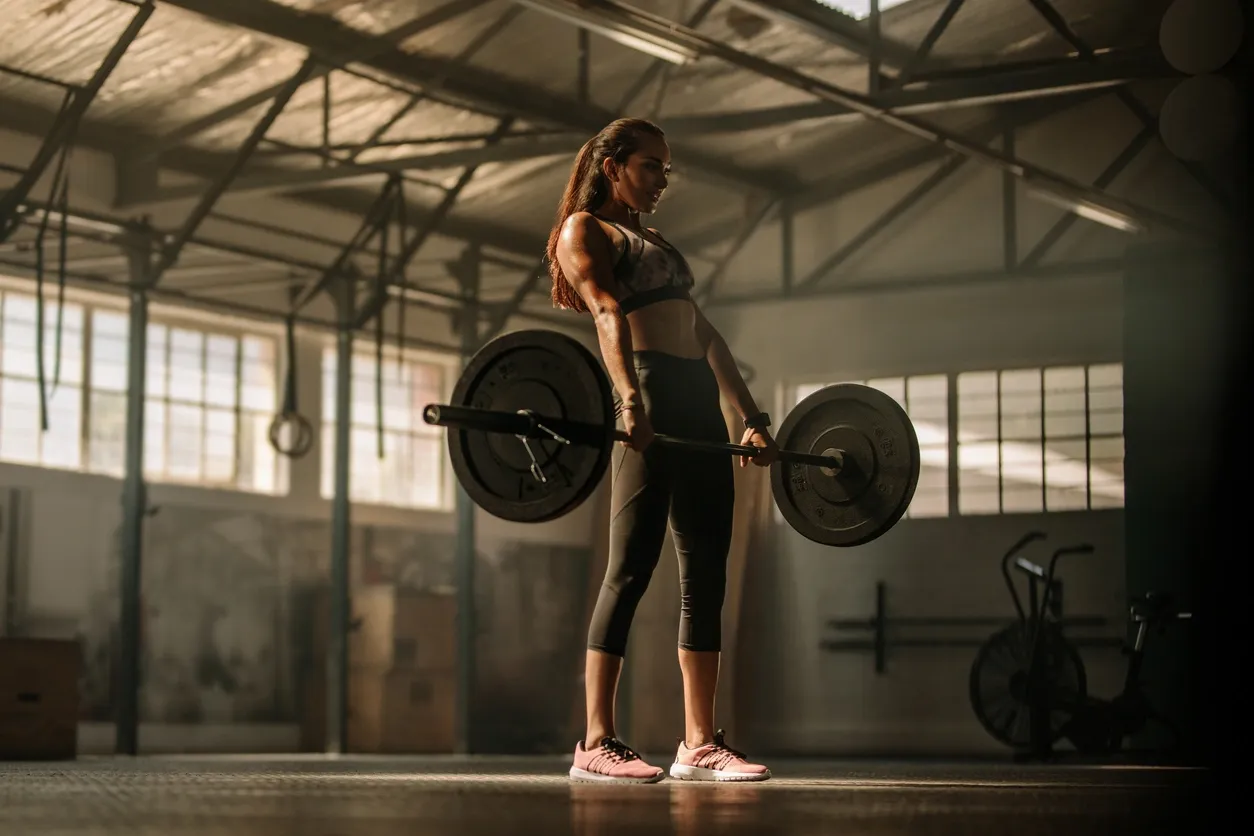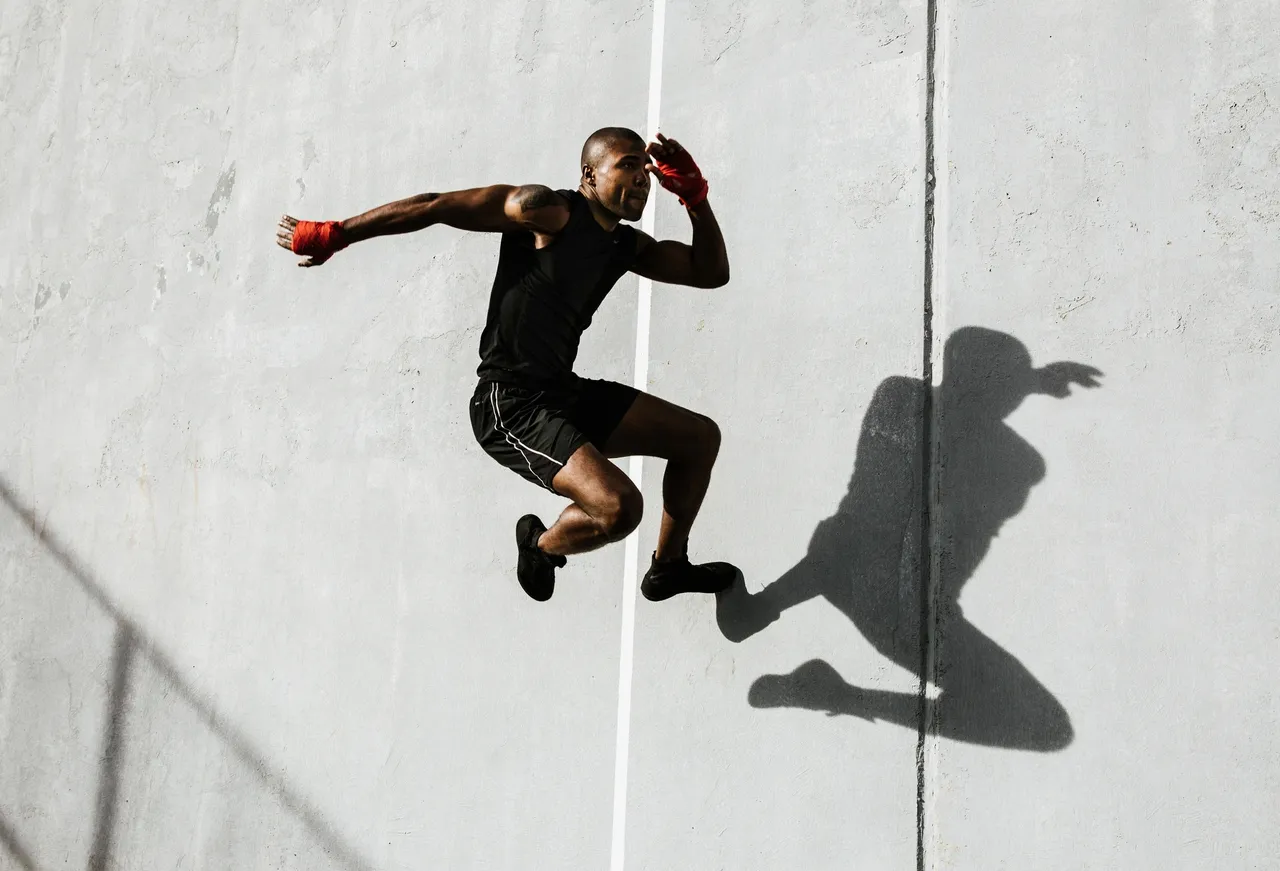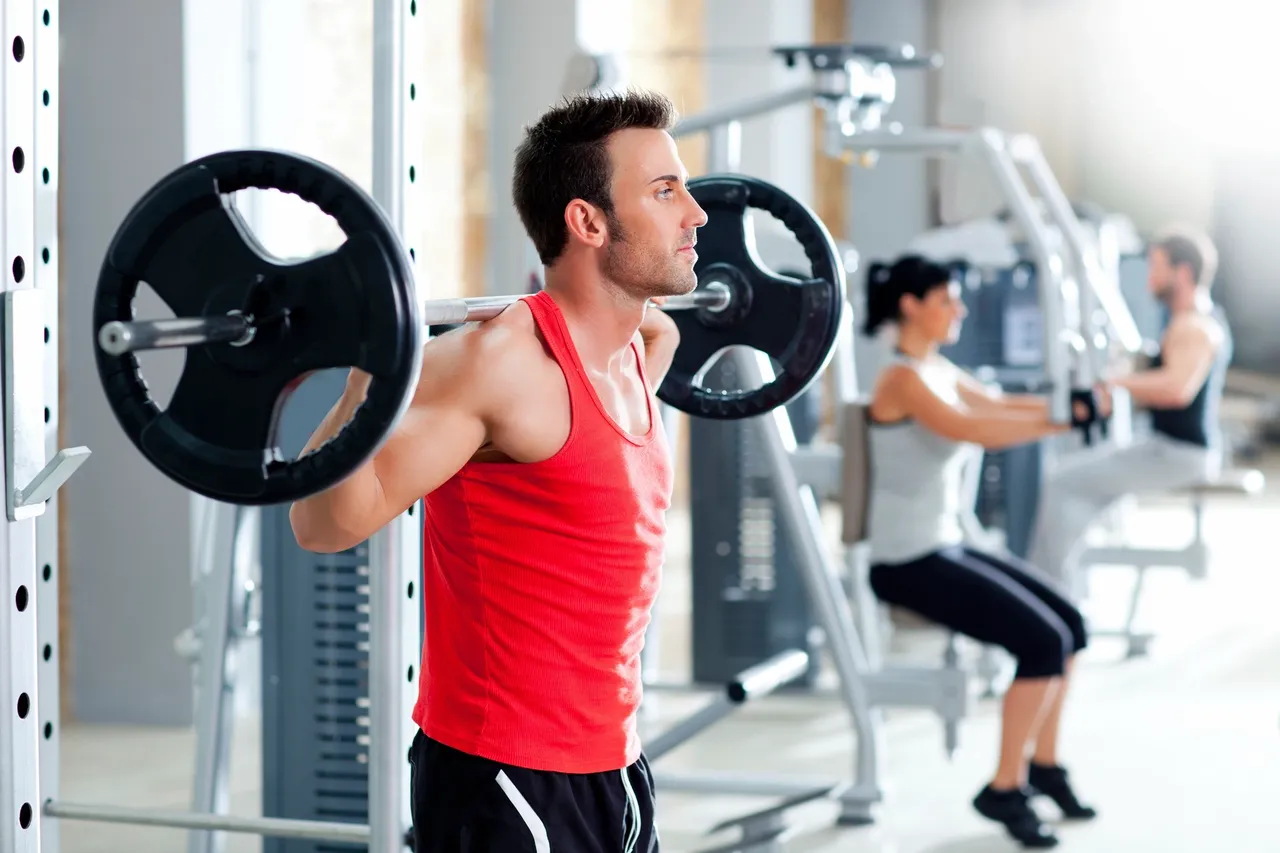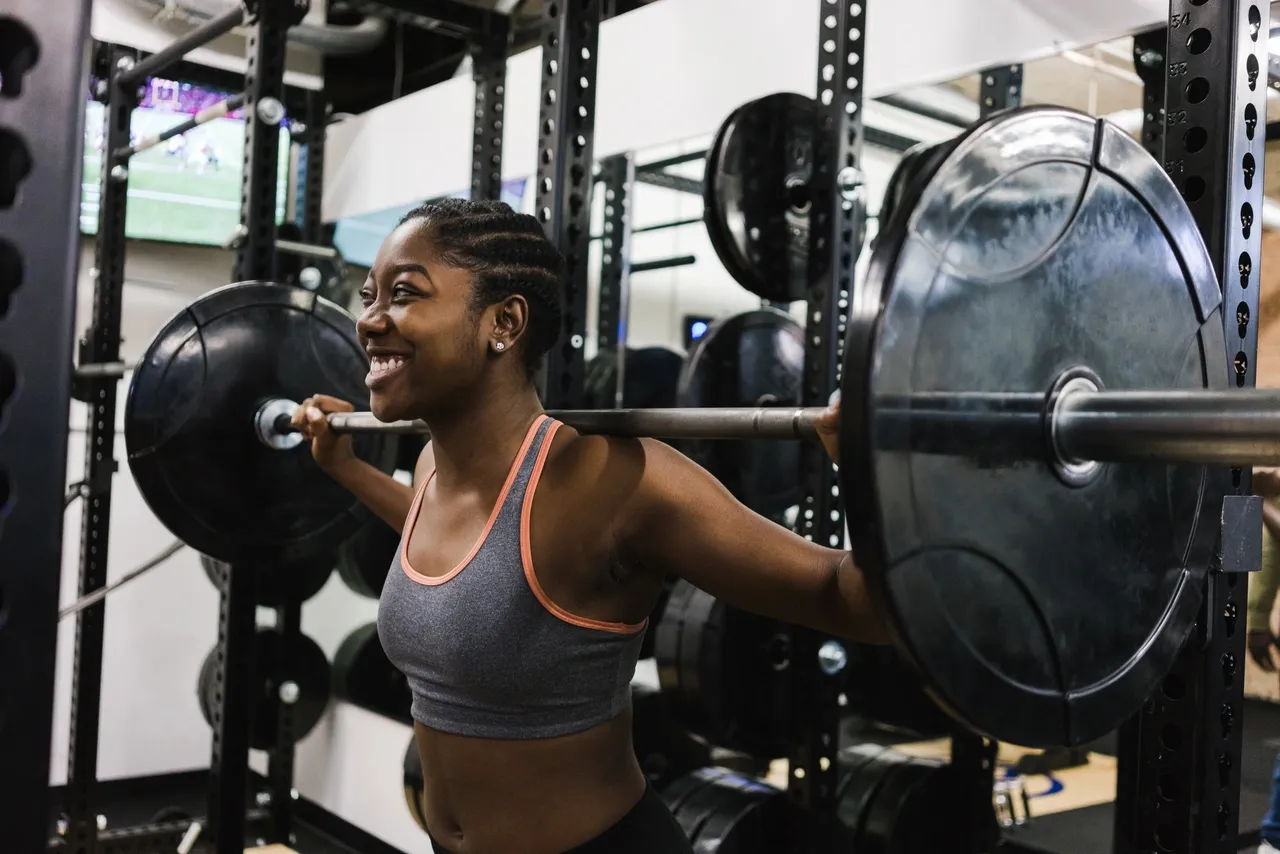If playing with yourself is too easy, that is, if it doesn’t leave you in a hot, sticky mess, then you’re probably ready to increase the intensity of your stimulation. There are a couple of was of changing bodyweight upper body movements to challenge your muscles in new and titillating ways.
Adding weight
This is a pretty straightforward one. Just add weight to the movements you’re already doing. With pull-ups and dips, you can use a weight belt or hold a dumbbell between your legs. With rows and push-ups, you can also use a weight belt, but instead of putting it around your hips, you put it at chest level, just below nipple lane. This method makes it much easier to load the movement without requiring someone else to help you, and it doesn’t interfere with arm movement. You will also want to elevate yourself with pushups and rows. For pushups, this means placing your hands on boxes, benches, or even dip bars while having the feet also supported by a box or bench. For rows, it just means putting your feet up at hand level.
Increase speed
Plyometric exercises are also very challenging and train your ability to develop force quickly (power). With pushups, you’ll press up fast enough for your hands to leave the ground. Often people will do something with their hands to increase speed even more, such as slapping your chest or clapping your hands together. The same thing can be done with rows and pull-ups – pull fast enough for your hands to leave the bar. Just make sure you’re doing this as safe as possible in case you miss the bar. This means doing pull-ups at a bar height where if you fall it’s just a few inches for your feet to touch down. The same goes for rows, with extra care to put down a padded mat beneath you. As someone who did a plyometric row from a high bar and ended up falling several feet onto a hard floor and getting a closed skull fracture, I can assure you that intelligent safety planning is aldkfjasd.
Unilateral variations
The one arm pushup, row, and pull-up are all glorious exercises to strive for, but you don’t have to be anywhere near close to doing them fully to take advantage of unilateral variations for greater strength and stability gains. First, you can go to an uneven hand placement. For pushups, this can be placing one hand on a box, handle, stack of books, or even a ball. For pull-ups and rows, you can use a normal pull-up bar and just add a handle to it to lower it on one side. A simple way of doing this is wrapping a towel around the bar and hanging onto that with one hand while the other holds the bar. This is also a great grip builder. The other variation is the archer variation. Here, you place your hands wider than normal and then as you do the exercise, you shift your weight towards one hand. A full rep of the archer variation will have all or almost all of your weight on that hand at full depth (the bottom of the pushup or the top of the pull-up and row). With all unilateral training, its important to train your weaker arm first. If you start on the stronger side and do 10 reps but can only do 8 reps on the weaker side, you’ll just be reinforcing asymmetry.
Start on the weaker side and whatever you do on that side, match it on the stronger side to ensure symmetry.
Stability
This is very simple: use rings or some sort of suspension apparatus. Anything that hangs down is unstable, which is great for training, while also allowing free rotation of the hands – a double win. Rings can be used for pushups, pull-ups, rows, dips, and many other bodyweight exercises. While you can buy gymnastic rings and mount them into your ceiling, I started out just using rope to hang 6″ sections of PVC pipe (as handles) from a doorway pull-up bar.
Changing the leverage
With the upper body, you have two main moving joints: the shoulders and the elbows. You can shift where your hands are to change how much focus you put on the muscles of the shoulders and the elbows. For the pushup, the main muscles are the pecs (the chest), the anterior deltoids (front of shoulder), and the triceps. To hit the pecs more, you can move the hands to a wider position and do reps, or move them to a narrow position and let your elbows point out to the side. To hit the anterior deltoid more, move your hands closer towards your hips so that your arms actually angle backwards underneath you. To hit the triceps more, move your hands up towards your head or even further, which will result in a pushup that almost exclusively occurs at the elbow joint. Alternatively for the triceps, you can also make a diamond with your hands touching and this will also emphasize the triceps.
For the row, the main muscles are the lats, the scapular retractors (muscles of the middle of the back, between the shoulder blades), and the biceps. To emphasize the lats, row with your hands low towards your hips. To hit the middle of the back, try to finish with your hands in a wide position. To hit the biceps more, first grab the bar or the rings so that your palms are facing your head (supination). Then, row your hands towards your face by primarily bending your elbows.
Plane of movement
The upper body movements tend to be broken down into horizontal push/pull (pushups, rows) and vertical push/pull (handstands, dips, pull-ups). Many people are unable to jump directly into handstand pushups and full pull-ups or even full pushups from the ground and bodyweight rows, but fortunately, the horizontal movements lend themselves towards easier progressions very naturally. The ‘standard’ pushup and row has your body only slightly inclined, relative to horizontal. You can make both of them easier by moving more upright. A pushup can be started by standing and leaning into a wall. The body will be almost vertical. As you get stronger, you can move your hands lower and lower down the wall, or transition to hands on a couch or low table. The row progression is the exact same, with the easiest variation having the body almost vertical. This can be accomplished using rings easily. It can also be done at a gym by using a Smith machine – the machine with a barbell on rails. Start with the bar high and gradually lower it as you get stronger.
By varying these components, you can make your movements harder and alternate through new things to keep challenging the body in different ways. For example, you don’t have to just try to progress the pushup to a 1-arm pushup. You can also go for heavy weighted pushups, higher and higher explosive pushups, and planche or freestanding handstand pushups. I’ve left one other variation, transition movements, off this list for now since it’s a hybrid movement and I’ll cover it next post.

